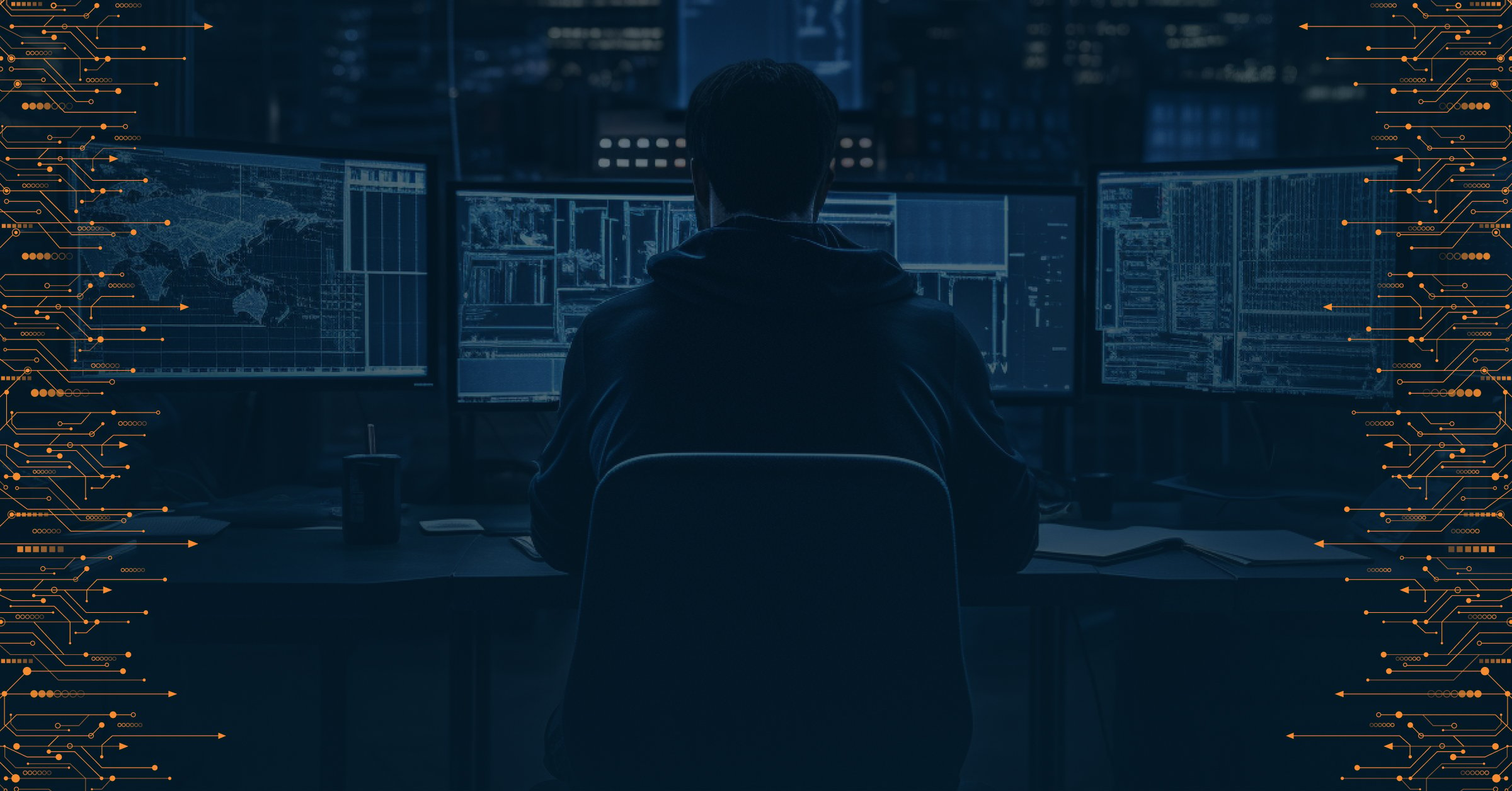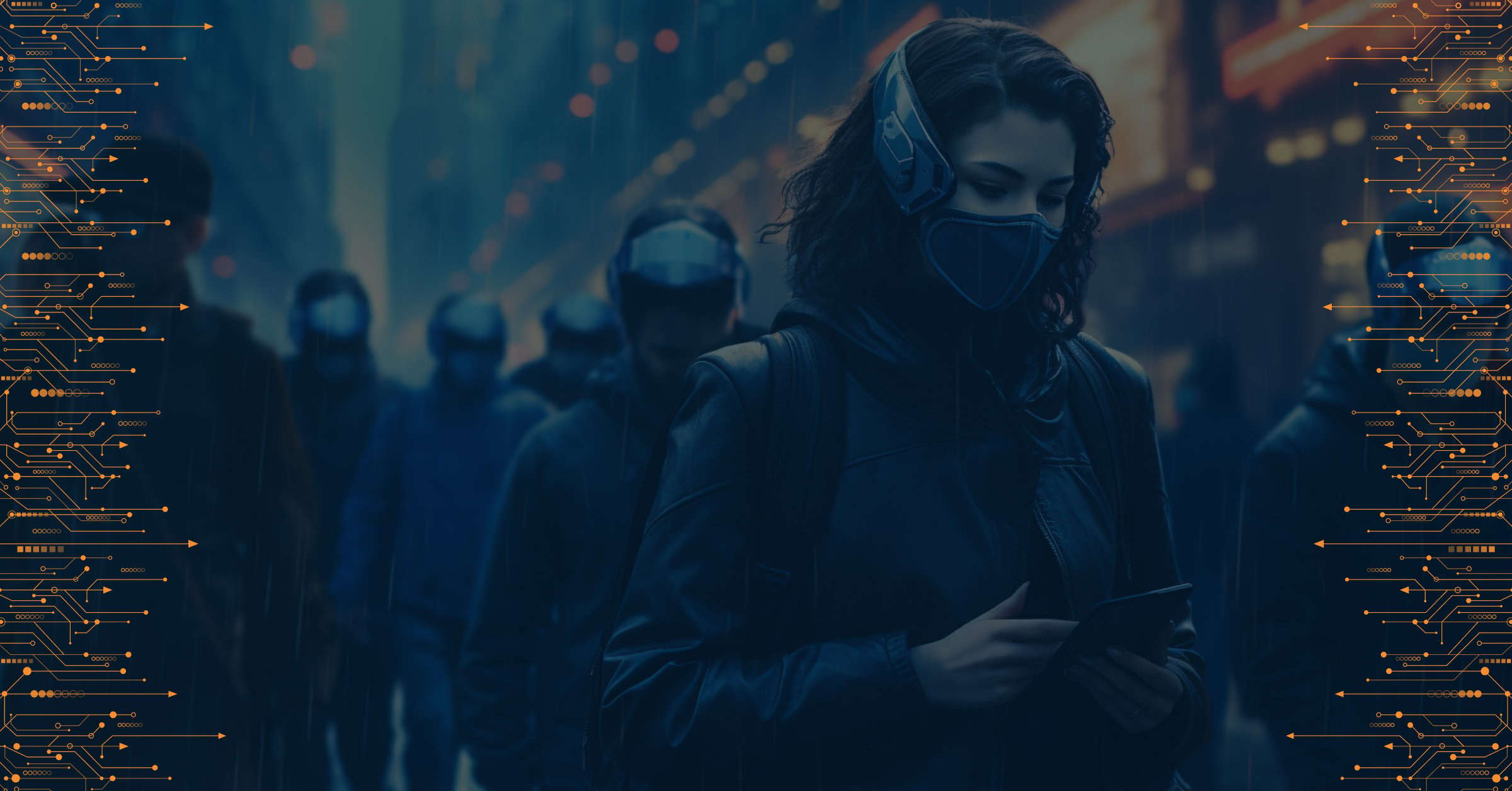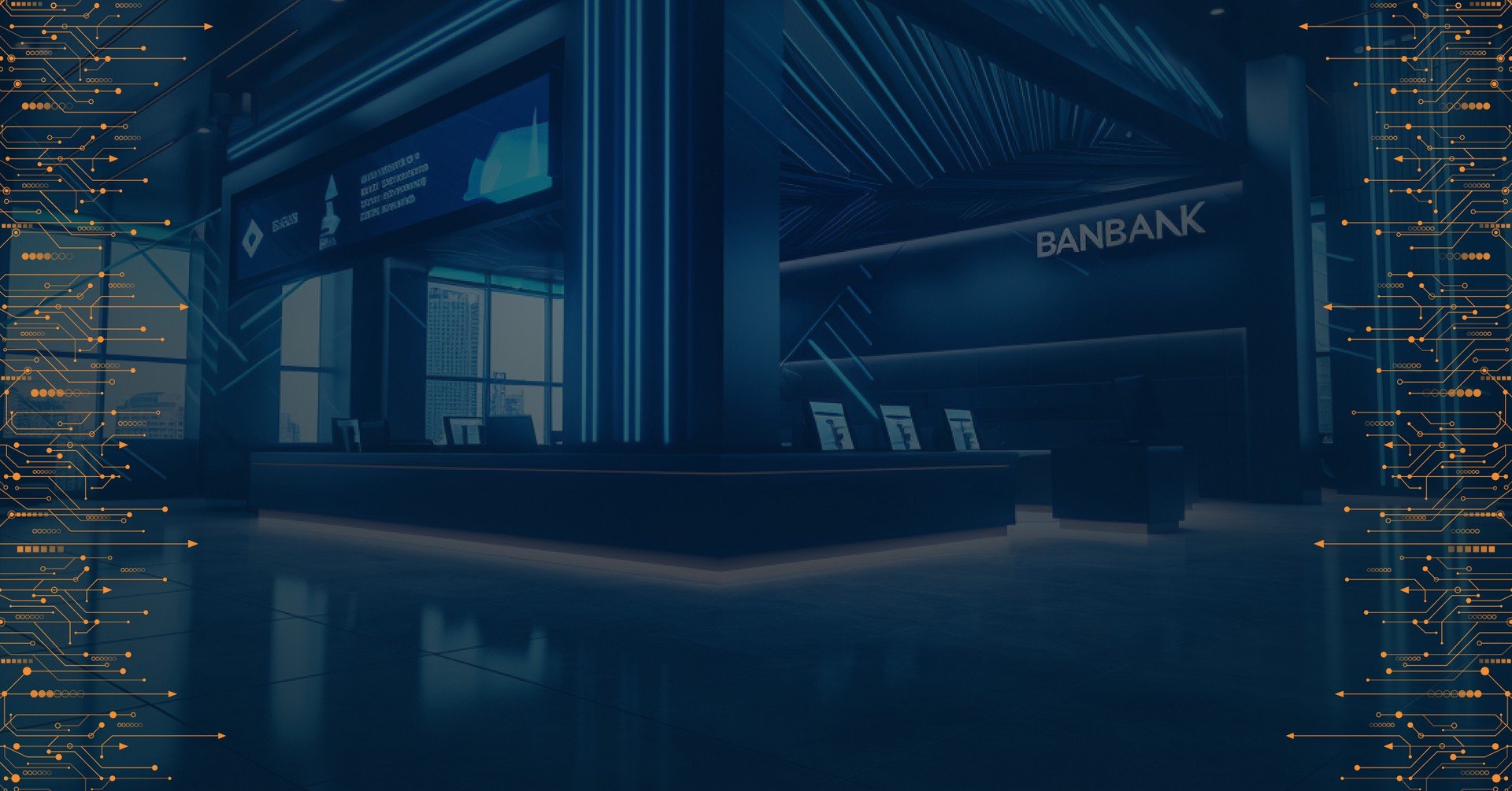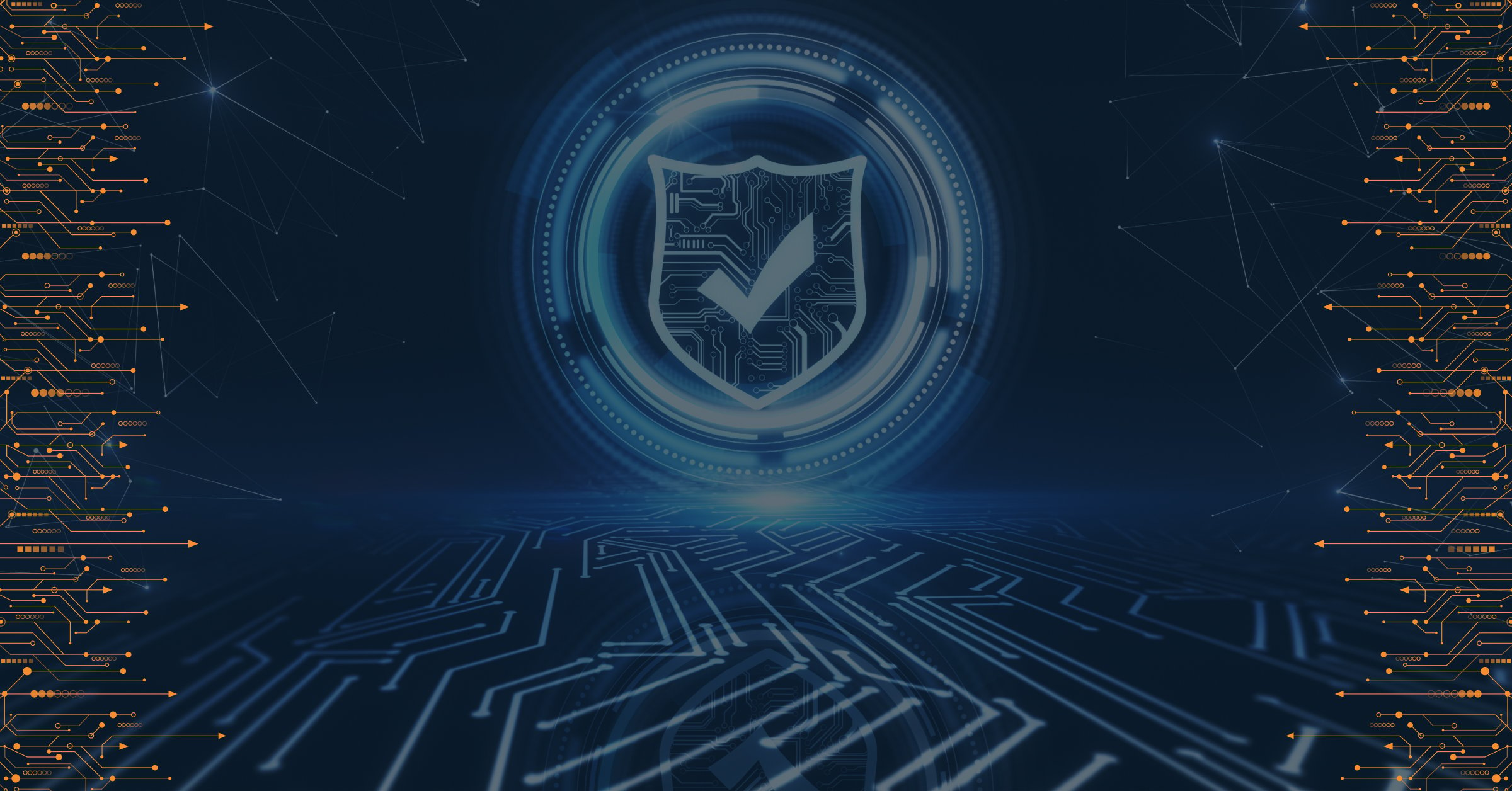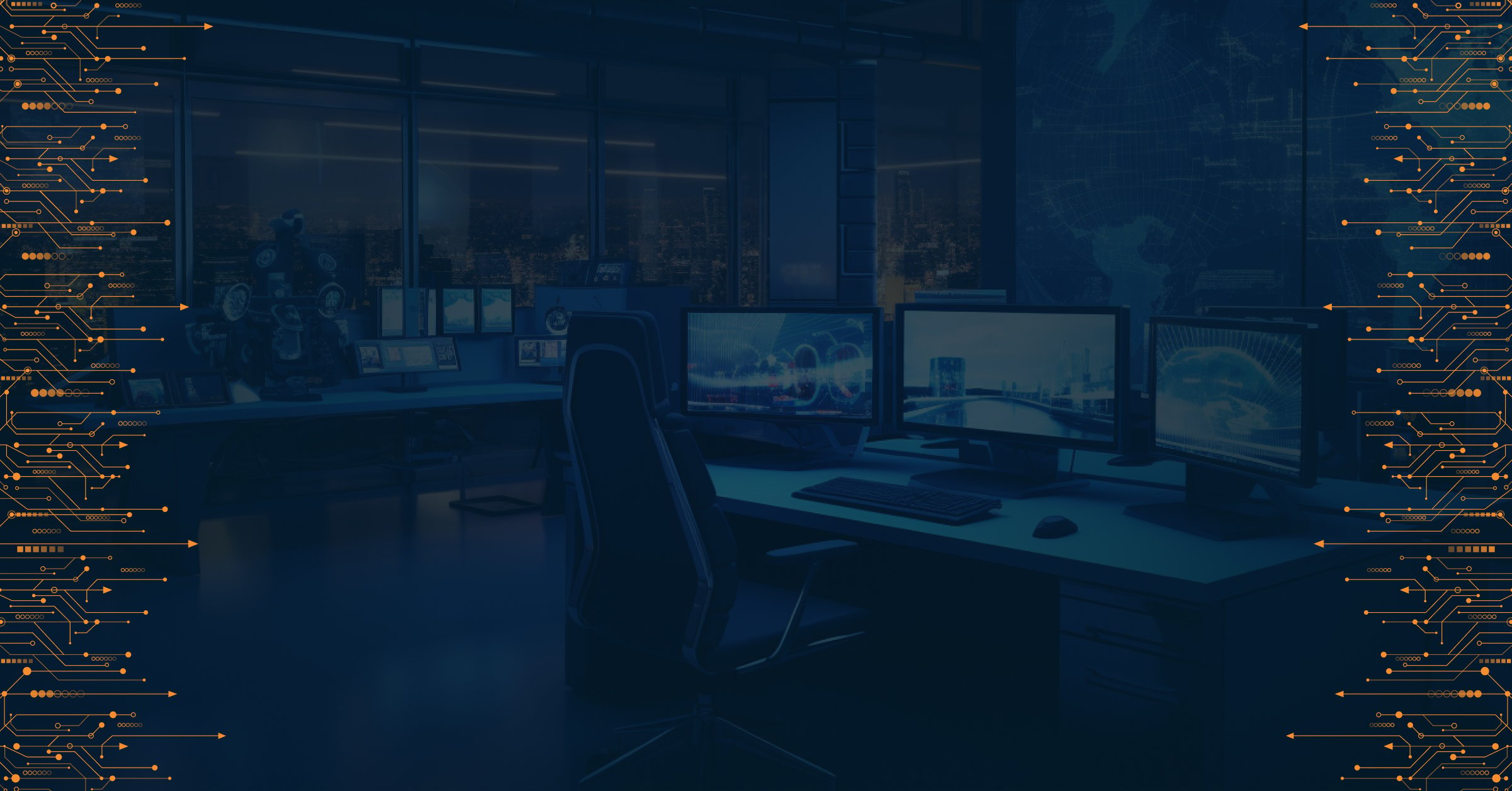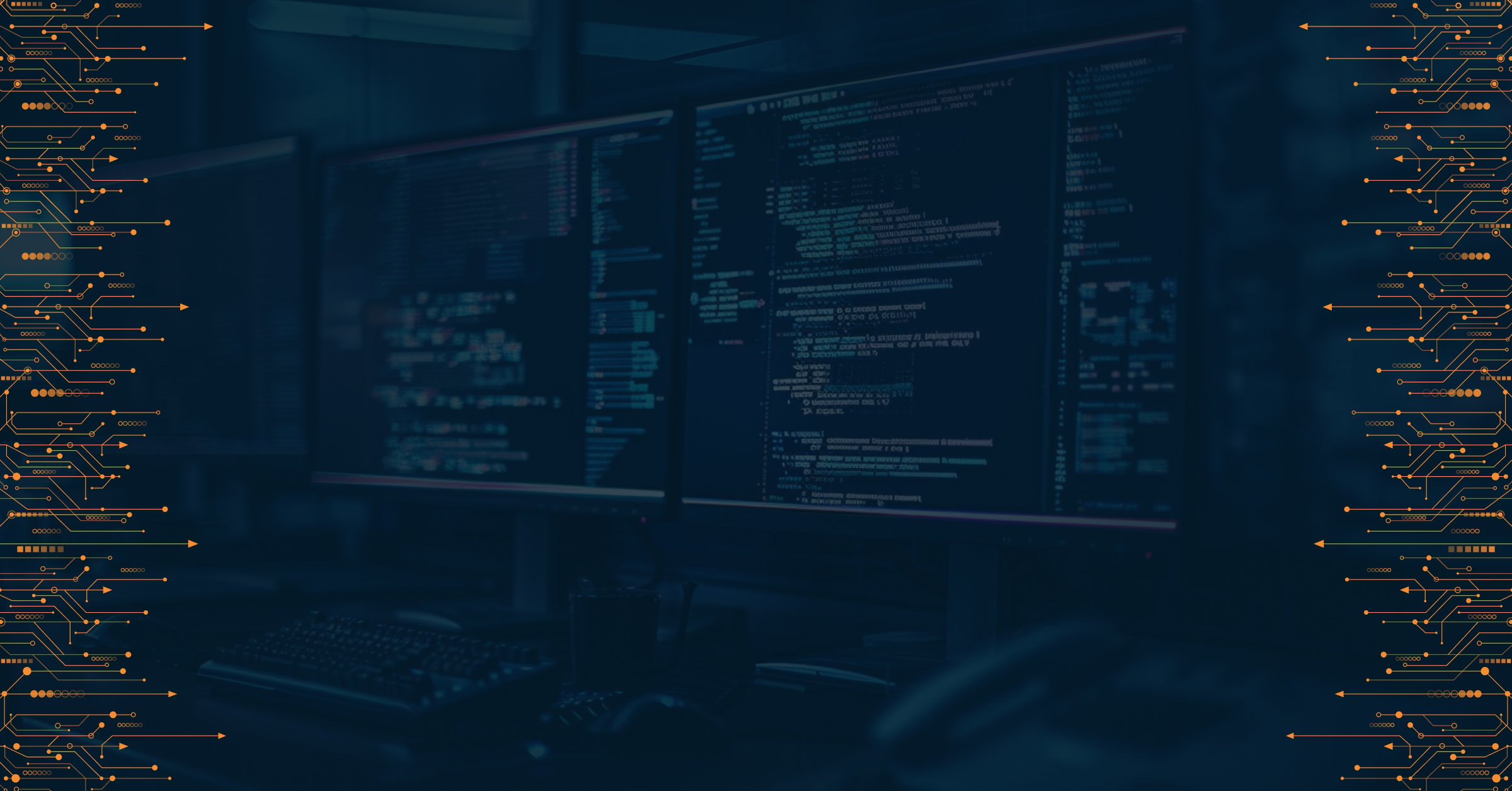Find out what security leaders can do to improve risk management despite global uncertainty.
As covered in Part 1 of this series, the World Economic Forum’s Global Risk Report 2024 shows executives, leaders, and global experts becoming increasingly concerned about instability and risk throughout the next decade. Importantly, these risks change when respondents are asked about their predictions on a two-year or ten-year timeframe.
- 83% see at least a moderate risk of global catastrophes occurring in the next two years. Of these, 2% believe the risk is very high.
- 92% per cent see at least a moderate risk of global catastrophes occurring in the next ten years. Of these, 17% believe the risk is very high.
In order to achieve their long-term goals, business leaders and executive decision-makers must be able to navigate this risk landscape effectively. Understanding the nature of today’s most prevalent global risks is key to making that happen.
Responding to the global risk landscape
Respondents ranked the five risks they believe most likely to create global crises within the next two years, with the following results:
- Misinformation and disinformation
- Extreme weather events
- Societal polarization
- Cyber insecurity
- Interstate armed conflict
Part 1 of this series examined some of the ways these risks interconnect with one another. Some of the risks under study have wider second-order effects than others. For example, societal polarization and economic difficulties can have long-term consequences impacting global cybersecurity, infrastructure spending, misinformation and disinformation, and even stoke armed conflict between states.
Business and security leaders need to put robust solutions for managing these risks in place. Here are some of the ways organizations around the world are changing their risk management posture in response to the new risk landscape.
1. Addressing misinformation risks with investment in communication
Government agencies around the world are beginning to examine some of the risks associated with widespread easy-to-use AI-powered Large Language Models (LLMs). The generation of false and misleading content is one of the key risk factors associated with generative AI content, but robust regulations are still years away.
There are 64 different countries holding political elections in 2024, representing 44% of global GDP. The risk of large-scale disinformation campaigns to influence elections is very high. This risk can take many forms, including disinformation agents smearing the reputation of established organizations.
In the past, business leaders could avoid values-oriented communication about cultural and political topics. This is likely no longer the case. Business leaders must be willing to adopt principled positions on society-wide topics and defend those positions clearly and unambiguously. The more consistent and robust the organization’s stance on these topics is, the harder it will be to target with malicious disinformation campaigns.
2. Building infrastructure that can reduce extreme weather risks
Environmental risks may reach the point of no return within the next few years. This will take several forms, including biodiversity loss and localized ecosystem collapse, but most people will focus on the issues closest to home — extreme weather leading to unpredictable society-wide impacts.
This could lead to shortages of natural resources, unexpected surges in involuntary migration, and economic difficulties for impacted territories. Large-scale weather events can impact agriculture, leading to food and water shortages.
Organizations worldwide will need to invest in robust supply chain protection solutions. This will include Internet of Things cybersecurity solutions, as transportation assets will become increasingly exposed to security risks.
At the same time, organizations with direct ties to international logistics will have to invest in infrastructure that can facilitate the movement of goods across national borders in large quantities. Those that have their own transportation assets — land vehicles and ships especially — will be better positioned to address some of the short-term risks associated with extreme weather.
3. Using political risk insurance to respond to societal polarization
The re/insurance firm Chaucer recently reported a surge in demand for political risk insurance ahead of the 2024 elections across the world. Societal polarization manifests most powerfully in the political theater and is likely to grow in size and severity regardless of the actual outcomes of this year’s elections.
Risks include non-payment of public sector contracts, sovereign debt defaults, and even election-related political violence. Organizations with significant exposure to these risks can purchase insurance against them and may even hedge their exposure to sovereign bond markets as well.
These policies can’t eliminate political risk entirely, and they won’t stop global societies from becoming more intensely polarized on national and cultural issues. However, they can play an important role in preventing adverse outcomes from generating catastrophic losses. Political risks and upcoming elections may encourage malicious parties to leverage AI to create mass-scale disinformation campaigns that are credible enough to polarize society even more.
4. Overcoming cyber insecurity by Investing in advanced cybersecurity solutions
AI is virtually guaranteed to intensify cyberwarfare operations and capabilities worldwide. it will also contribute to illicit economic activities among opportunistic cybercriminals and may reduce overall economic opportunity for the general population. Under these conditions, the number of cyberattacks is likely to increase across the board.
This can make vulnerable populations even more exposed to economic and geopolitical risk. It may also disrupt critical infrastructure and cause unintended second-order and third-order impacts. These attacks may vary from isolated disruptions of small to mid-sized businesses, data breaches of large corporations and government agencies, or massive campaigns that target critical infrastructure for an entire region.
However, out of all the risks on this list, cyber insecurity is the simplest to address. Reputable cybersecurity vendors already have solutions capable of reliably protecting organizations from sophisticated cyberattacks. Security leaders who invest in advanced solutions like comprehensive threat intelligence can stay one step ahead of new developments in this field.
5. Decreasing geopolitical risk by building resilient multinational supply chains
Supply chain disruptions like the gradually escalating violence in the Red Sea can have a significant impact on operational and geopolitical stability. The world is already witnessing how relatively small, contained conflicts can lead to tremendous, unexpected impacts on the other side of the world.
As the number and size of geopolitical conflicts increase, the potential for supply chain disruption will surge. Oil and natural gas trade flows have already been significantly impacted by the ongoing conflict in Ukraine, and Red Sea disruptions have pushed freight rates for containerized traffic much higher.
As with the container ship congestion crisis of the COVID-19 pandemic, global importers and exporters are beginning to reframe their relationships using a risk management lens. Organizations whose trade partners are geographically closer and politically well-aligned will benefit from stronger overall supply chain resilience in times of uncertainty and crisis.
The time to focus on prevention and risk management is now
Many of the risks mentioned in this article are preventable to some degree. Some are more amenable to risk management strategies than others, and leaders who understand these differences are uniquely equipped to address potential pitfalls well in advance. Organizations that prepare to address these risks ahead of time will have a significant advantage over those provoked into improvised, ad-hoc measures taken in the spur of the moment.

PRODAFT Team
Stay up to date
Browse Posts
Browse by topics
- Cybercrime awareness (15)
- Cybersecurity for Businesses (10)
- Risk management (7)
- Cybersecurity Tips (6)
- Digital safety (6)
- Proactive Threat Intelligence (6)
- Cyber threat protection (5)
- Cyberattacks (5)
- Risk intelligence (5)
- Threat Prevention (5)
- Data Protection (4)
- Network Security (4)
- Phishing (4)
- Supply chain risks (4)
- TTPs (4)
- Artificial intelligence (3)
- Critical network infrastructures (3)
- Malicious websites (3)
- Malware (3)
- Social engineering (3)
- Data breaches (2)
- Insider Threats (2)
- NIS2 Directive (2)
- Ransomware (2)
- CISOs (1)
- Cryptocurrencies (1)
- Cyber espionage (1)
- Cyber extortion (1)
- Cyber fraud (1)
- Cybersecurity Collaboration (1)
- DDoS Attacks (1)
- Deepfakes (1)
- DoS Attacks (1)
- Fake social media (1)
- Incident Response (1)
- Internet of things (1)
- Money Laundering (1)
- Multi-factor authentication (1)
- One-day vulnerability (1)
- Remote Work (1)
- Stealers (1)
- SystemBC (1)
- The Cyber kill chain (1)
- Threat Intelligence solutions (1)
- Tor browser (1)
- Traffic Distribution System (1)
- Zero-day vulnerability (1)
- dark web (1)
- deep web (1)
- keyloggers (1)
- social media (1)
- spoofing (1)
- threat detection (1)


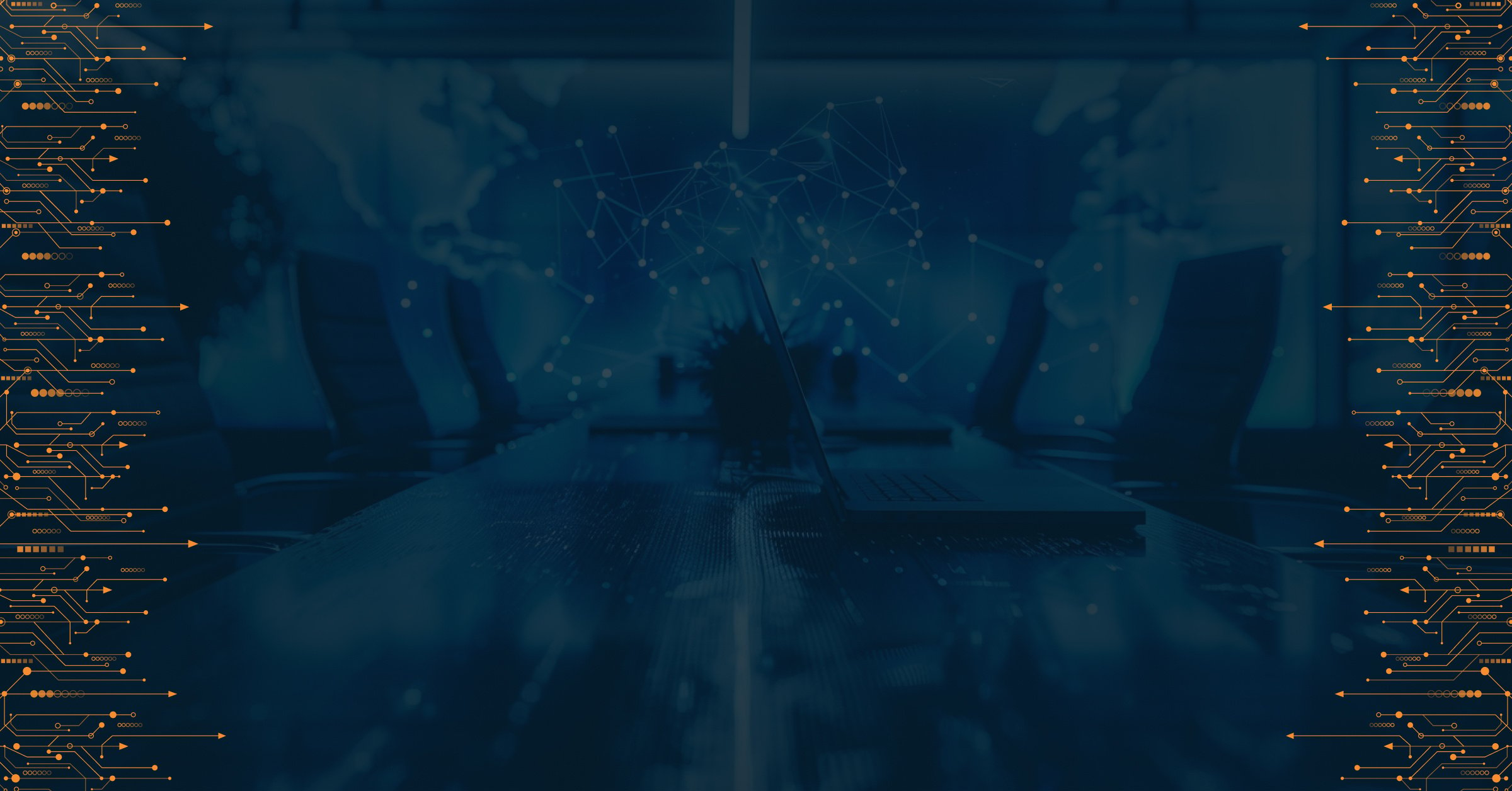
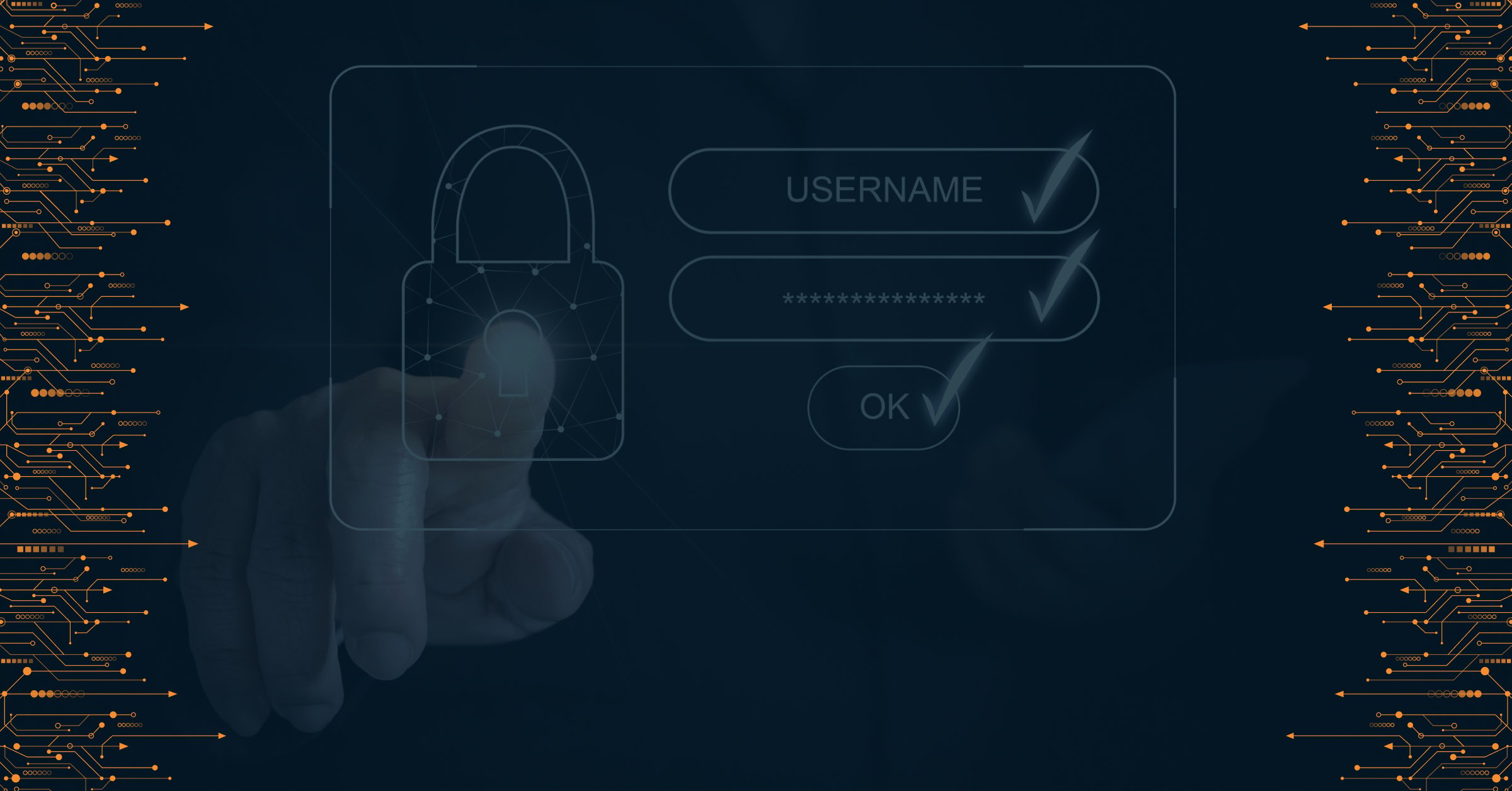


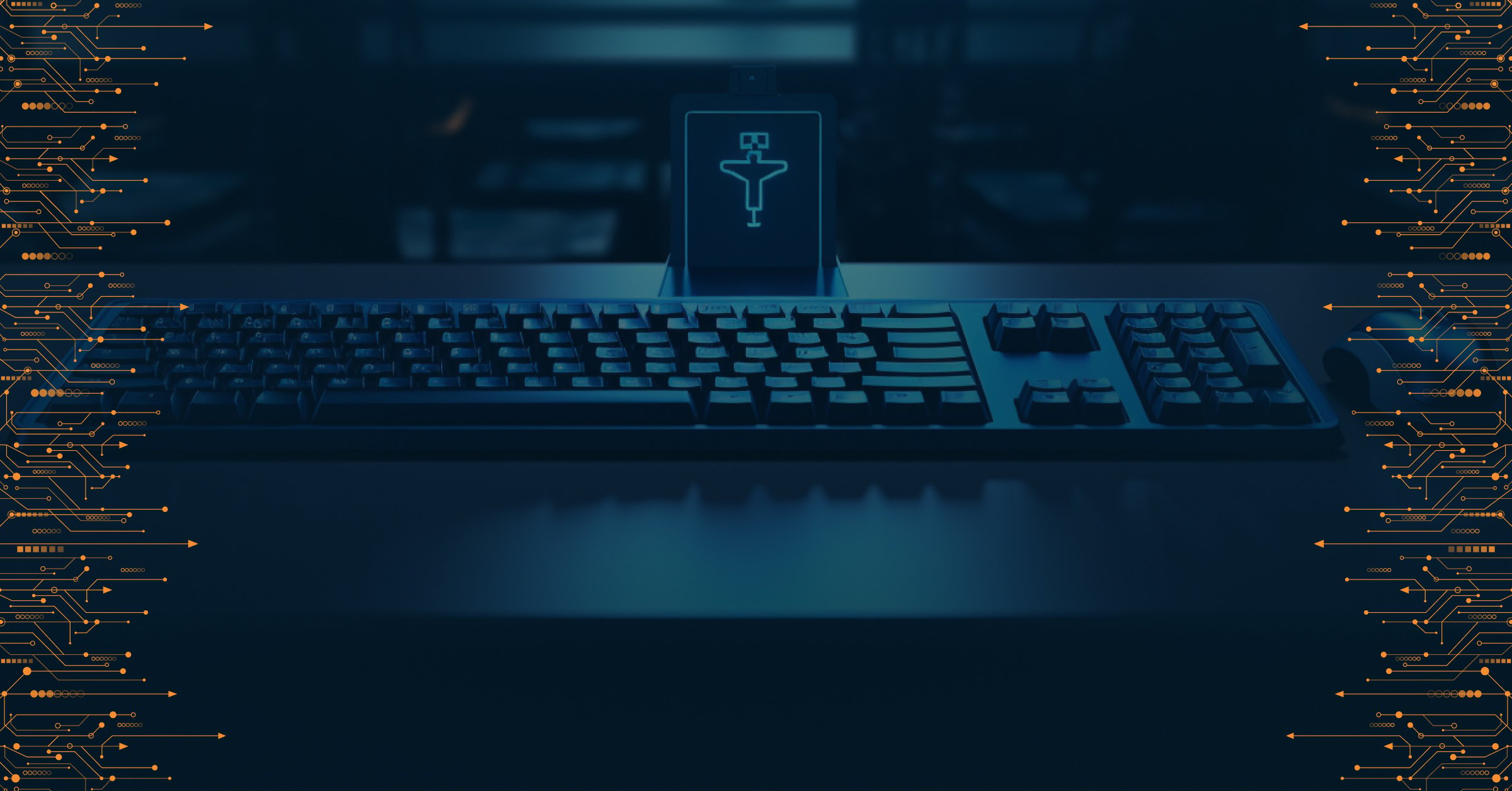

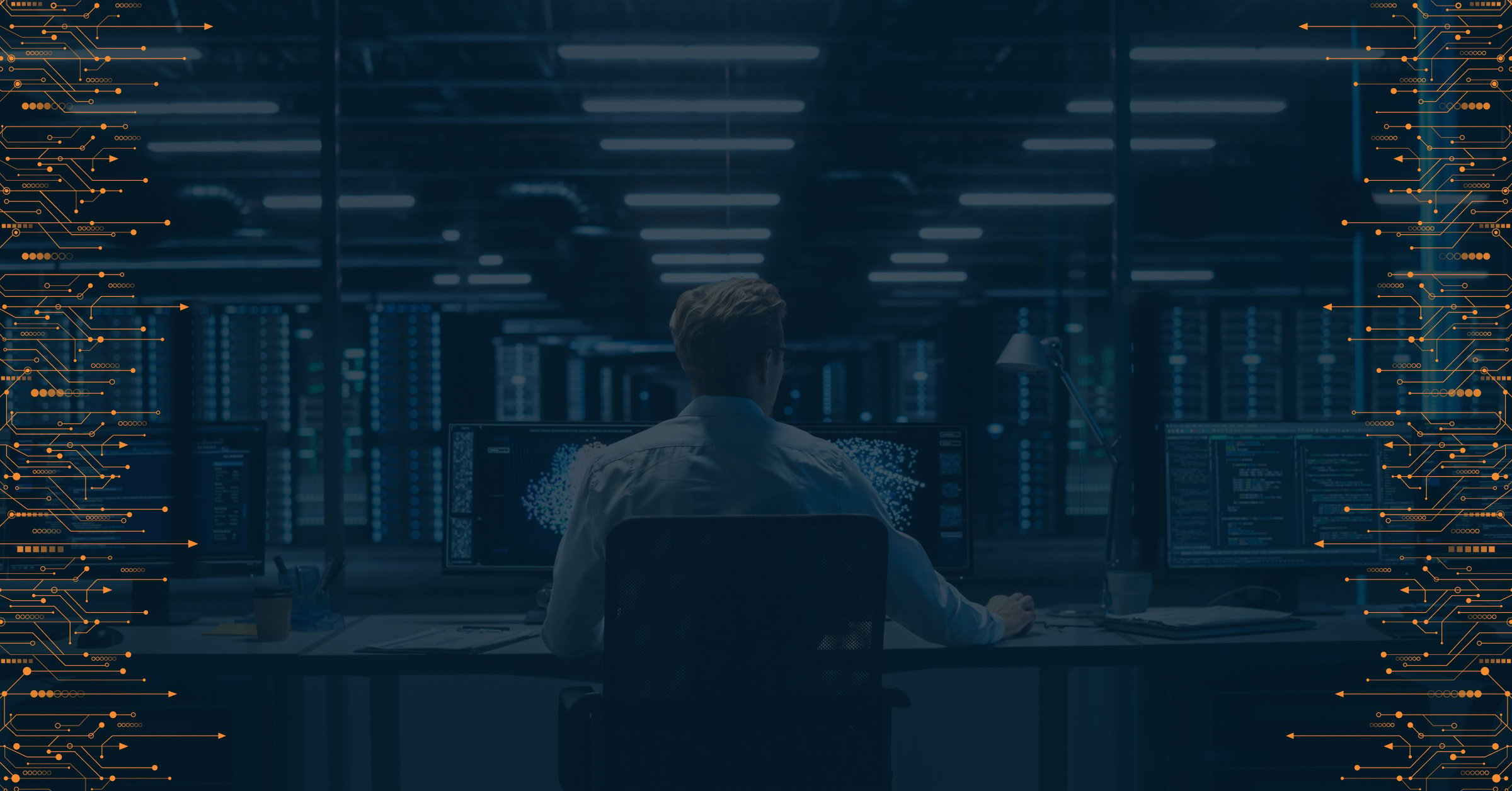
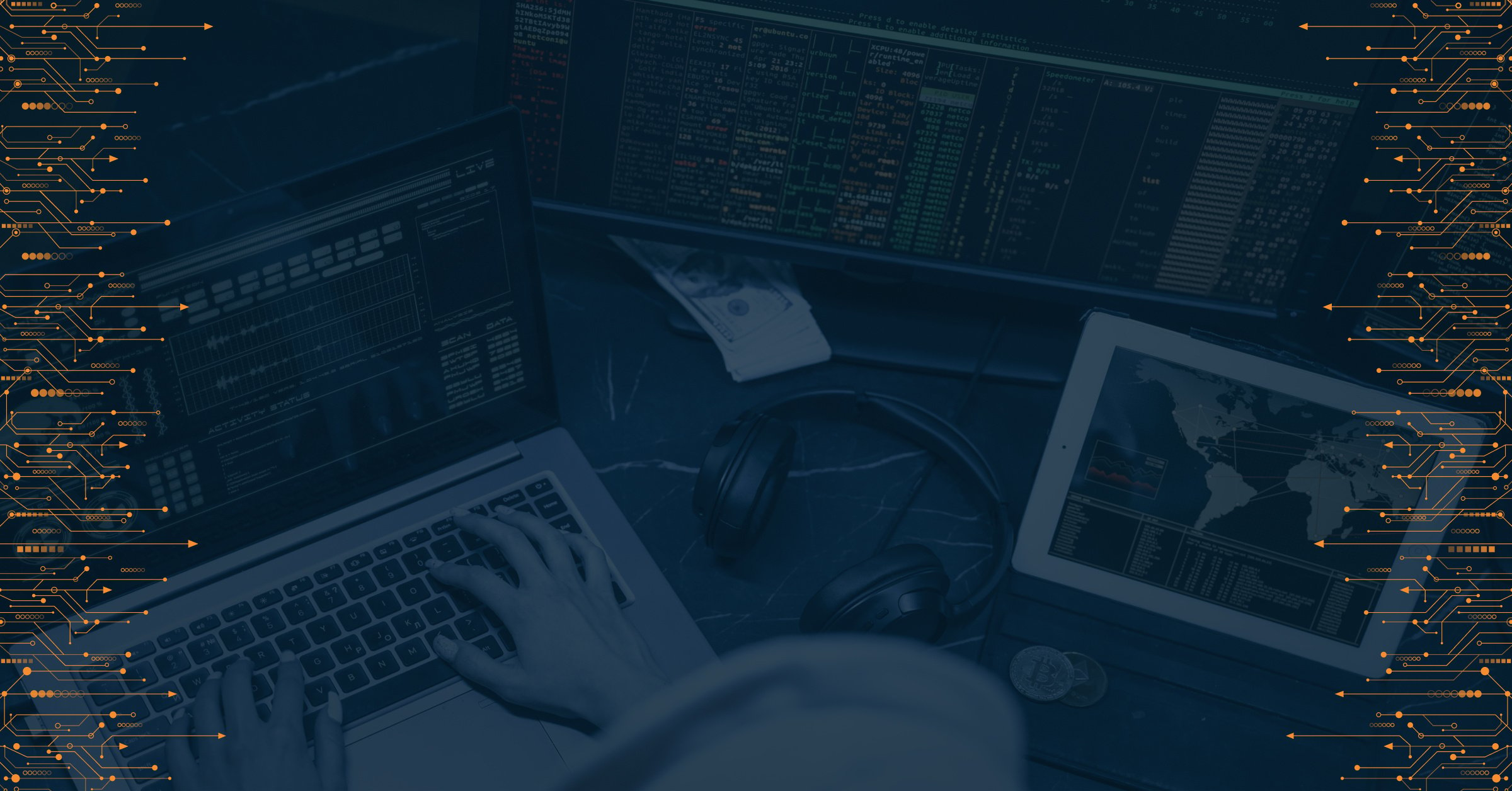
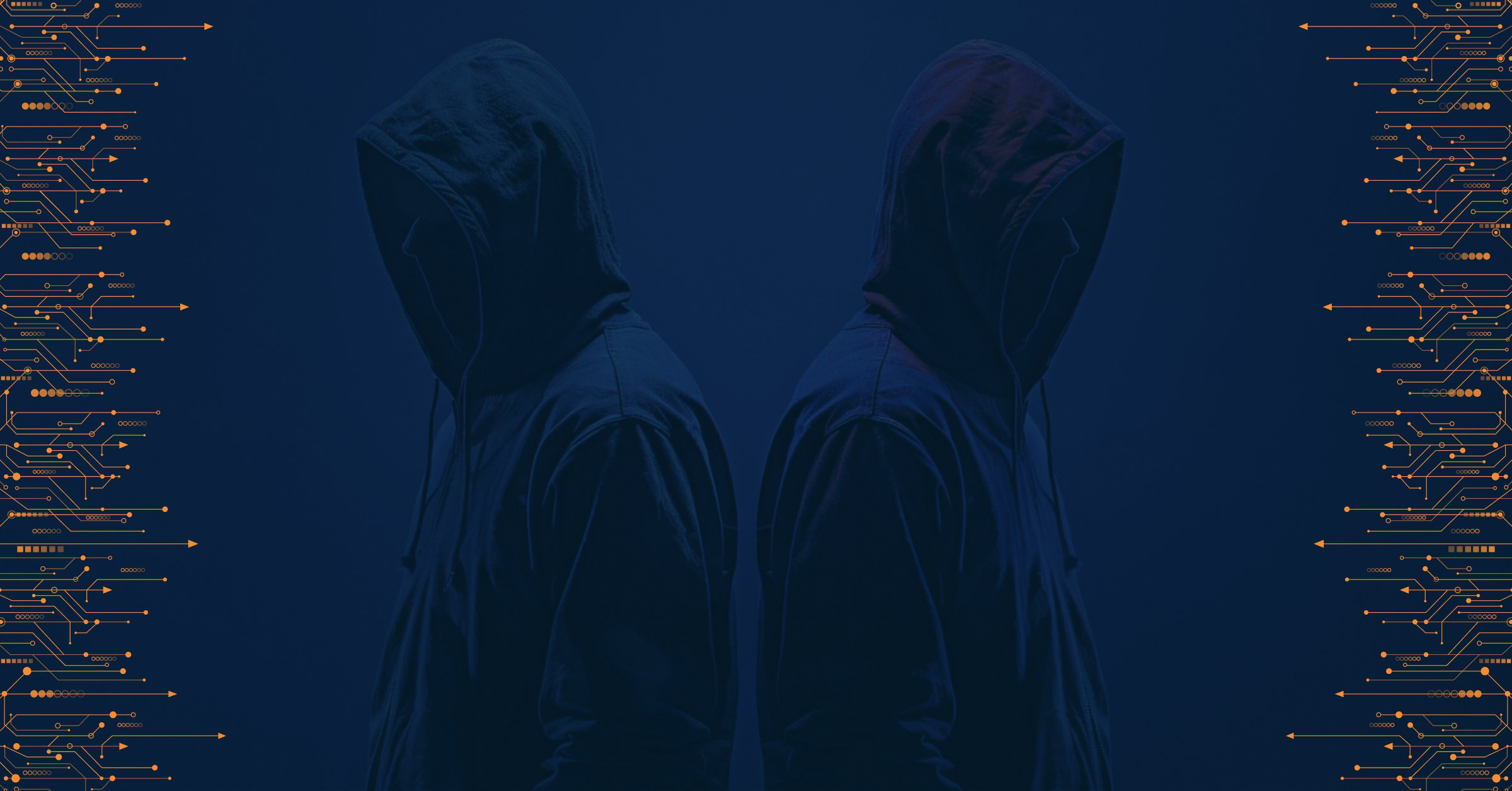

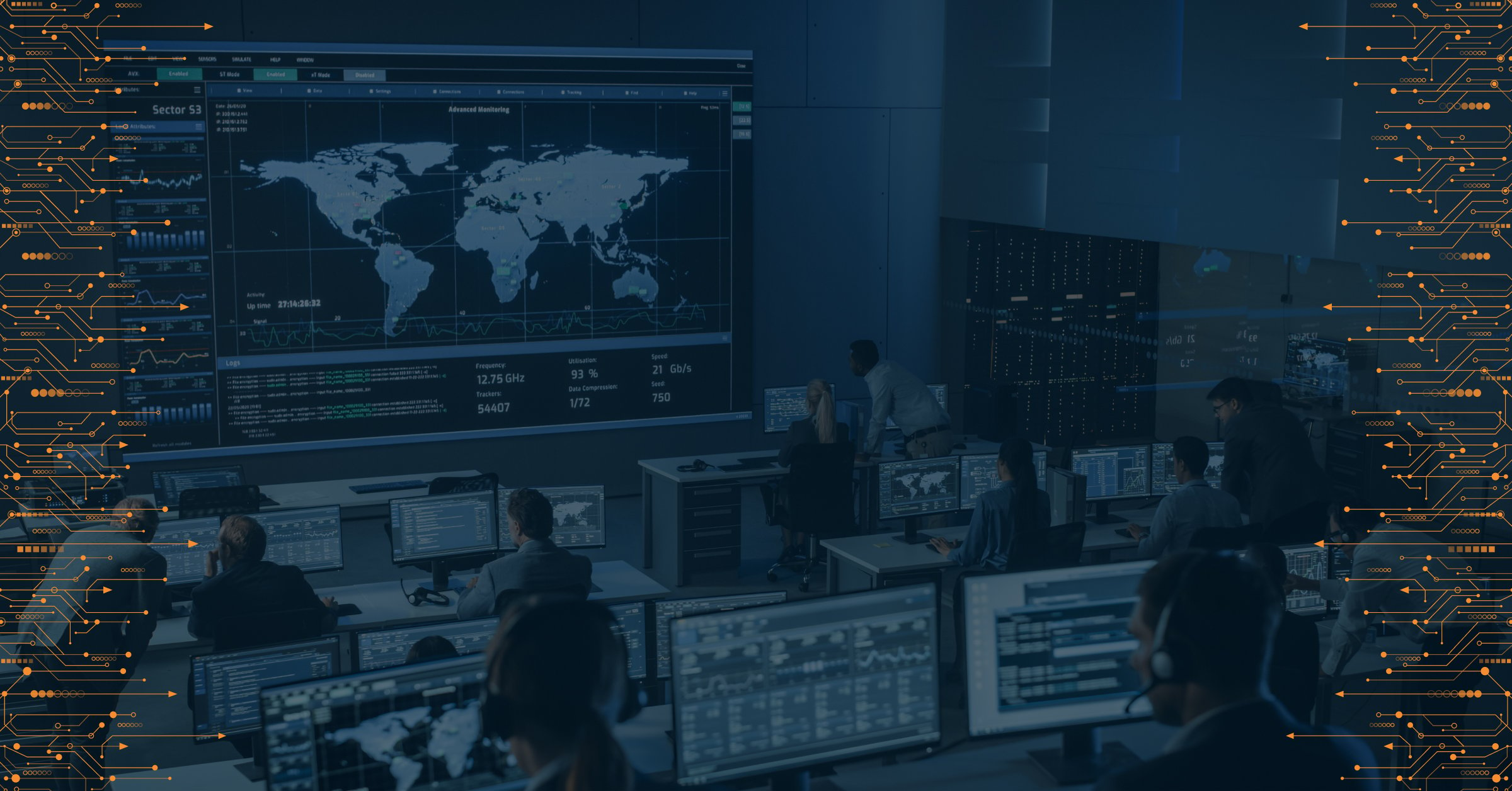
![Cybersecurity and Global Risk: Protect Your Organization from a Deteriorating Risk Landscape [Part 1]](https://resources.prodaft.com/hubfs/5A.%20Cybersecurity%20and%20Global%20Risk%20-%20Protect%20your%20organization.jpg)
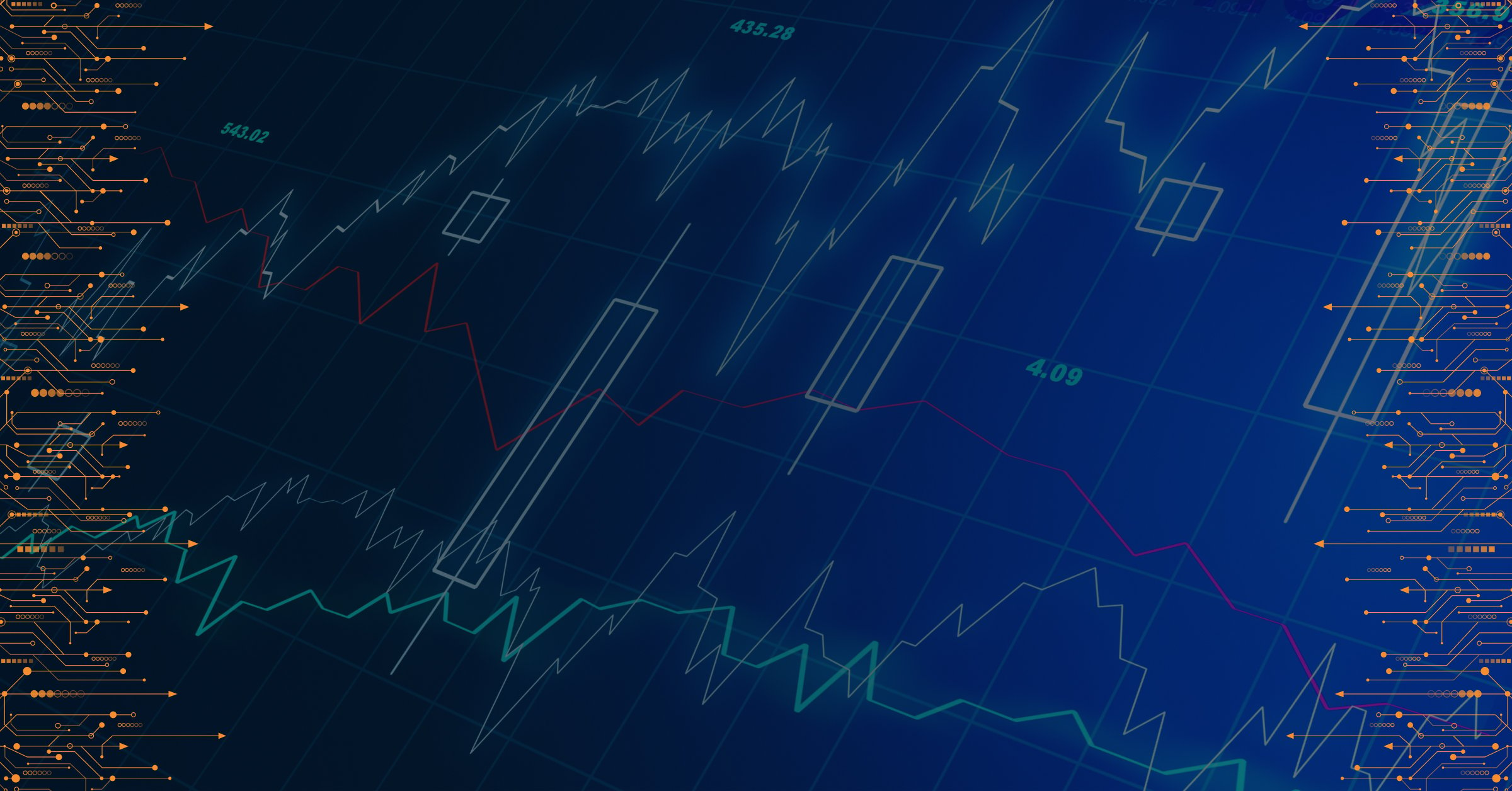
![Compliance with the NIS2 Directive: What Can EU Businesses Do? [Part 2]](https://resources.prodaft.com/hubfs/Europian%202.jpg)
